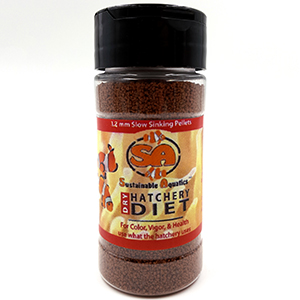Pyramid Butterflyfish
- Species Information
- Scientific Name:Hemitaurichthys polylepis
- Described:The Pyramid Butterflyfish
- Temperament:peaceful
- Maximum Size:7 inches
- Ideal Tank Size:75 gallons or greater.

Hemitaurichthys polylepis
The pyramid butterfly fish, Hemitaurichthys polylepis (Bleeker 1857) is highly sought after in the marine aquarium trade as is it the only known butterfly that is reef safe. In the wild, this species is naturally found in large shoals feeding on zooplankton and copepods. It is one of the hardiest butterflies, making it ideal for life in captivity. These fish will do best housed in a natural tank with live sand, on which it may graze, and live rock for feeding and to use as shelter. Pyramid butterflies do require ample swimming space as it swims freely throughout the water column. These are one of the easiest butterfly fish to transition on to prepared foods and our SI pyramid butterflies readily accept our hatchery diet, frozen brine and mysis, as well as cyclopeeze.
Physical Description– Pyramid butterflies have a very geometric pattern. They get their name from the large white triangle that is present on the side of their body. This is contrasted by yellow on the upper corners of the body as well a yellow anal fin. Their head is black, while the pectoral, pelvic, and anal fins are white.
Temperament– Like most butterflies, these fish are peaceful and will do best housed with peaceful tank mates. They should be kept singly unless a pair is acquired, or, they can be kept in a small group provided the tank has several hundred gallons of ample swimming space.
Size– Pyramid butterfly fish can reach a maximum size of 7 inches and should be housed in 75 gallons or greater.
Diet– SI pyramid butterflies readily accept our Hatchery Diet, frozen brine and mysis, as well as cyclopeeze.
Distribution– These fish are fairly adaptable and have an extensive range throughout the Indo Pacific. They can be found on the cusp of the Indian Ocean, throughout Indonesia, north to Japan, south to New Caledonia and as far west as the Hawaiian Islands. Our specimens usually come from Indonesia.







